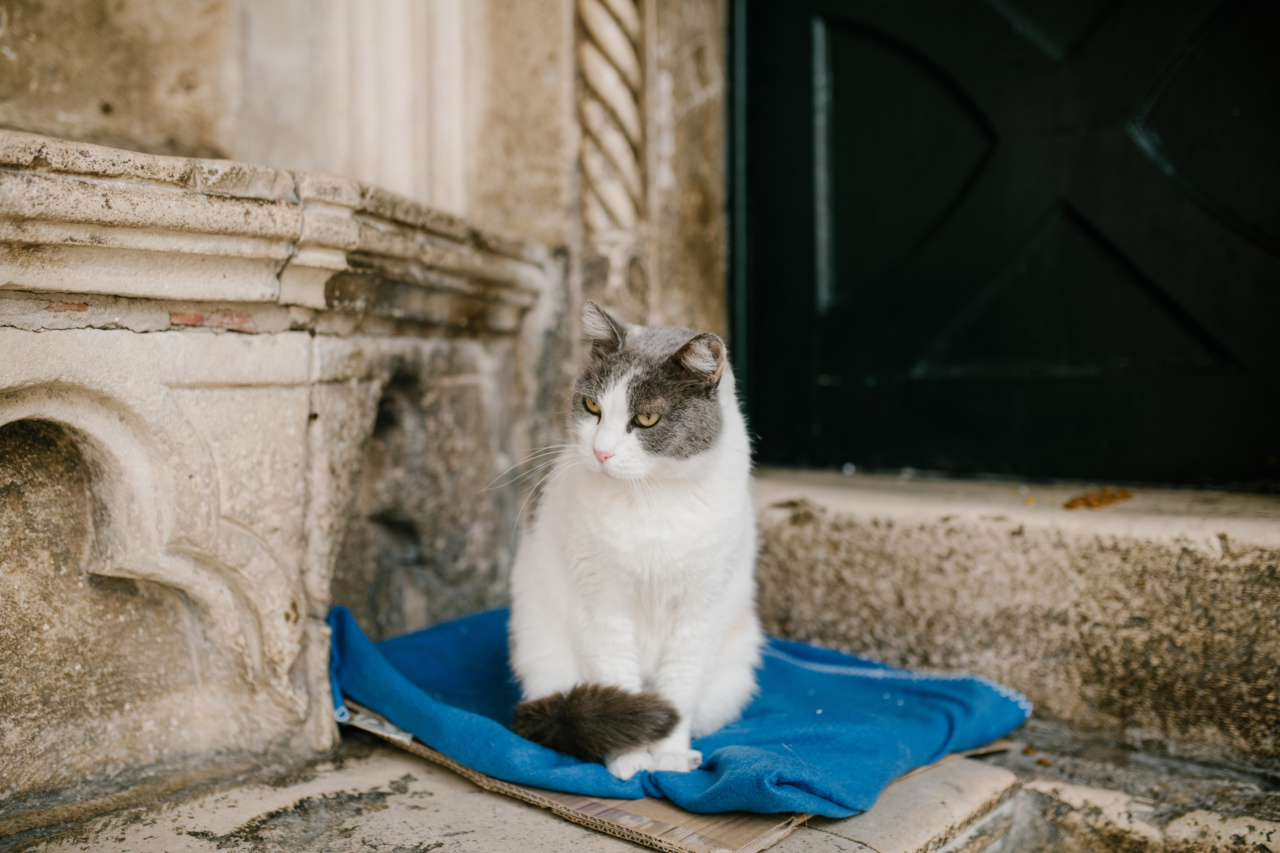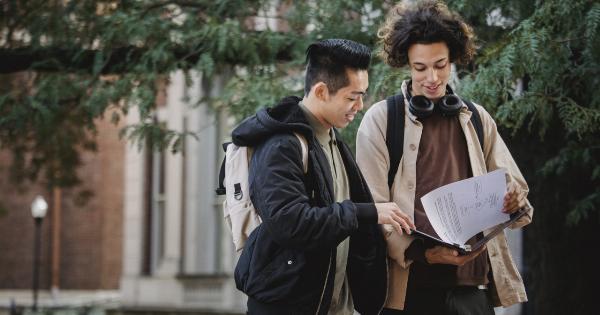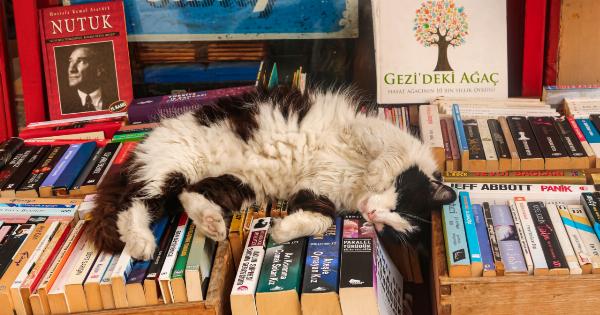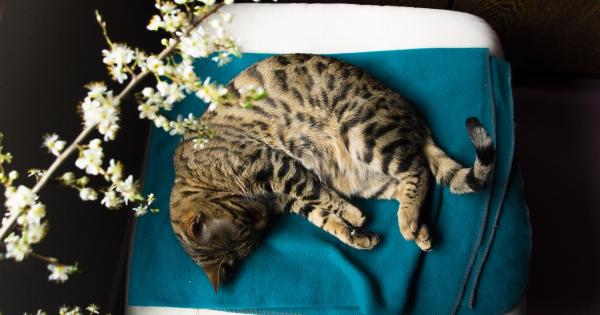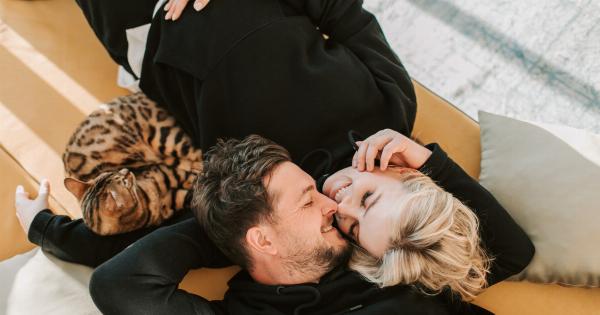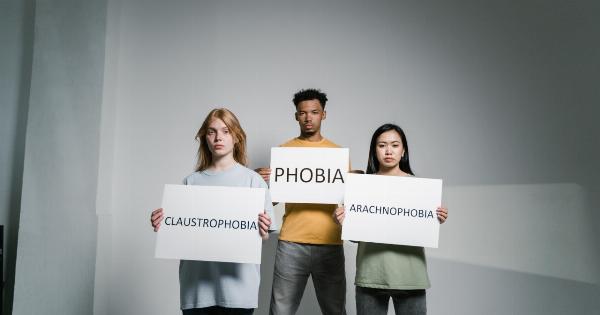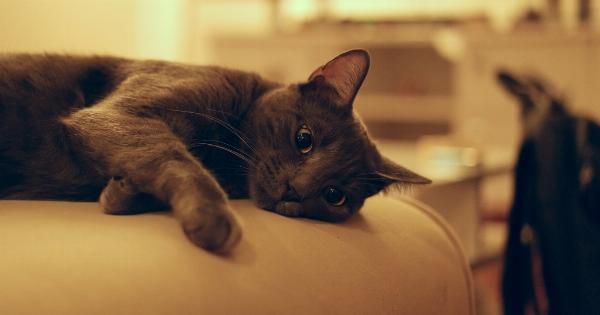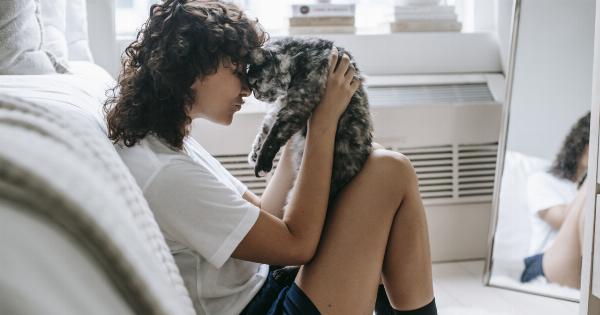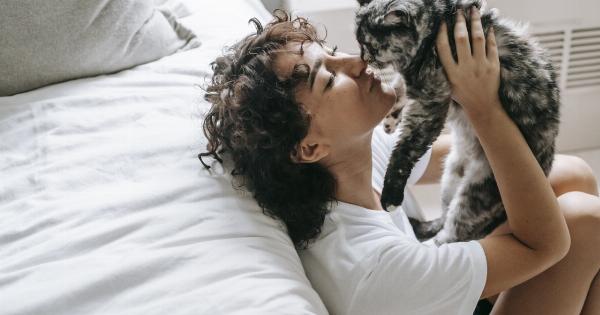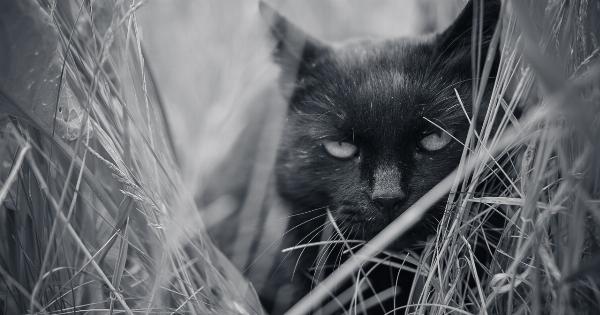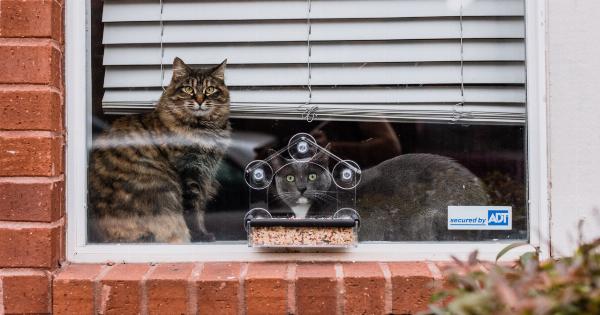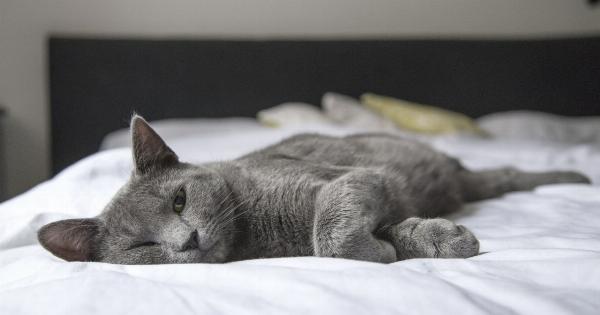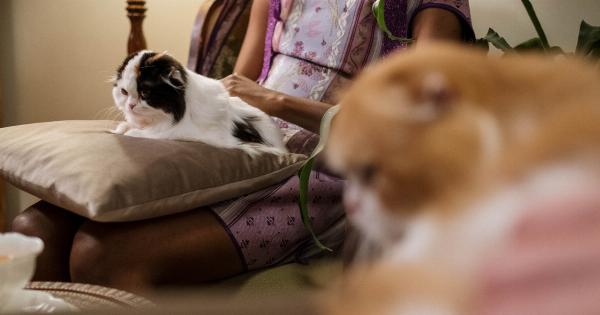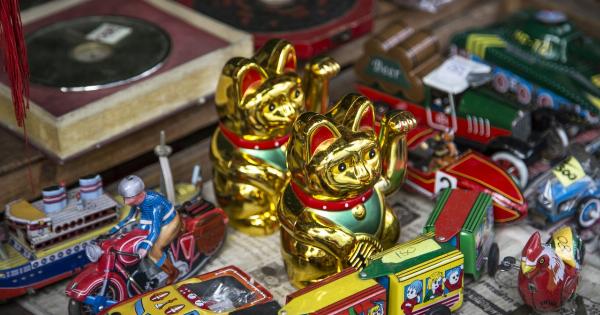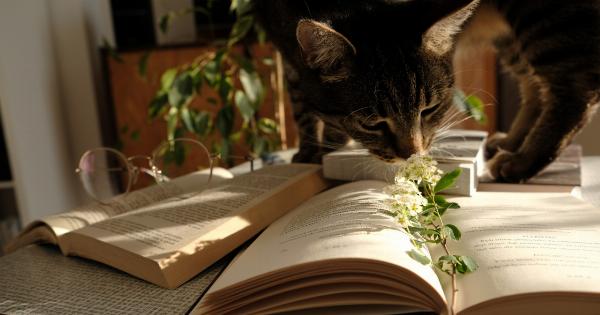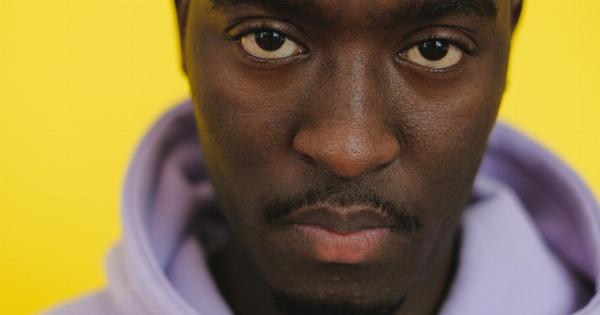As cat owners, we know that our feline friends have a unique way of communicating with us. They use various body postures and facial expressions to convey their emotions and needs.
One of the most important aspects of a cat’s body language is their tail position. Understanding what your cat’s tail position says can help you better understand their mood and behavior. In this article, we will explore the different tail positions of cats and what they might indicate.
The Straight-Up Tail
A cat with their tail held high and straight up in the air is typically feeling confident and happy. This tail position is a sign of a content and relaxed cat. Your feline friend is likely in a positive mood and is open to interactions.
It’s a good time to engage with them and give them some affection if they are receptive.
The Puffed-Up Tail
If your cat’s tail is puffed up like a bottlebrush, it usually indicates fear or agitation. They are trying to make themselves appear larger to intimidate potential threats.
This tail position is often accompanied by an arched back and an upright posture. It’s best to give your cat some space and avoid any sudden movements that might further stress them.
The Curved or Hooked Tail
A tail curved in the shape of a hook indicates a playful and curious mood. It’s a sign that your cat is interested in something and might be ready to engage in some interactive play.
You can respond to this tail position by offering toys or engaging in gentle play with your cat.
The Swishing Tail
If your cat’s tail is swishing back and forth in a rapid motion, it’s a sign of agitation or irritation. They may be annoyed or frustrated by something in their environment.
It’s best to observe their surroundings and identify any potential triggers that might be causing this behavior. Providing a calm and quiet space for your cat can help them relax.
The Tucked-Under Tail
A cat tucking their tail between their hind legs indicates fear or anxiety. It’s a defensive posture, as they are trying to protect their vulnerable underside. Your cat may be feeling threatened or stressed.
Try to create a safe and secure environment for your cat by eliminating any potential stressors and providing hiding spots where they can retreat to.
The Wagging Tail
Contrary to popular belief, a wagging tail in a cat does not always signify happiness like it does in dogs. In cats, a wagging tail is often a sign of aggression or agitation.
If your cat’s tail is wagging vigorously from side to side, it’s best to keep your distance and avoid any confrontations.
The Lowered Tail
A cat holding their tail low to the ground or tucked between their legs often indicates submission or submission. Your cat might be feeling anxious or submissive in the presence of other animals or humans.
It’s important to create a calm and peaceful environment where your cat feels safe and secure.
The Twitching Tail Tip
If your cat’s tail is twitching at the tip, it’s a sign of excitement or anticipation. They may be focused on something, such as prey or an approaching playmate.
This tail position is often seen in hunting situations or just before engaging in interactive play. You can respond to their excitement by providing toys or engaging in play sessions.
The Lashing Tail
A lashing tail usually indicates aggression or irritation in cats. If your cat’s tail is lashing back and forth forcefully, it’s a warning sign that they are feeling provoked or threatened.
It’s important to give your cat space and avoid any confrontations until they have calmed down.
The Flicking Tail
If your cat’s tail is flicking back and forth in a relaxed rhythm, it generally indicates a focused and concentrated state. They may be observing something intriguing or preparing to pounce.
Pay attention to their body language and provide opportunities for mental stimulation, such as puzzle toys or interactive games.
Conclusion
Your cat’s tail position can reveal a lot about their mood and emotions. By understanding the various tail positions and their meanings, you can better communicate with your feline friend and provide them with the care and environment they need.
Remember to observe other body language cues alongside the tail position to get a holistic understanding of your cat’s behavior.
